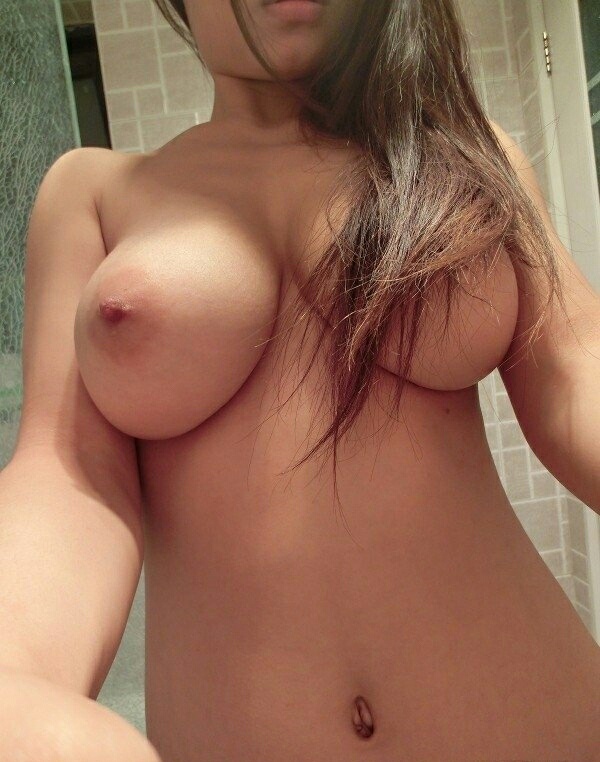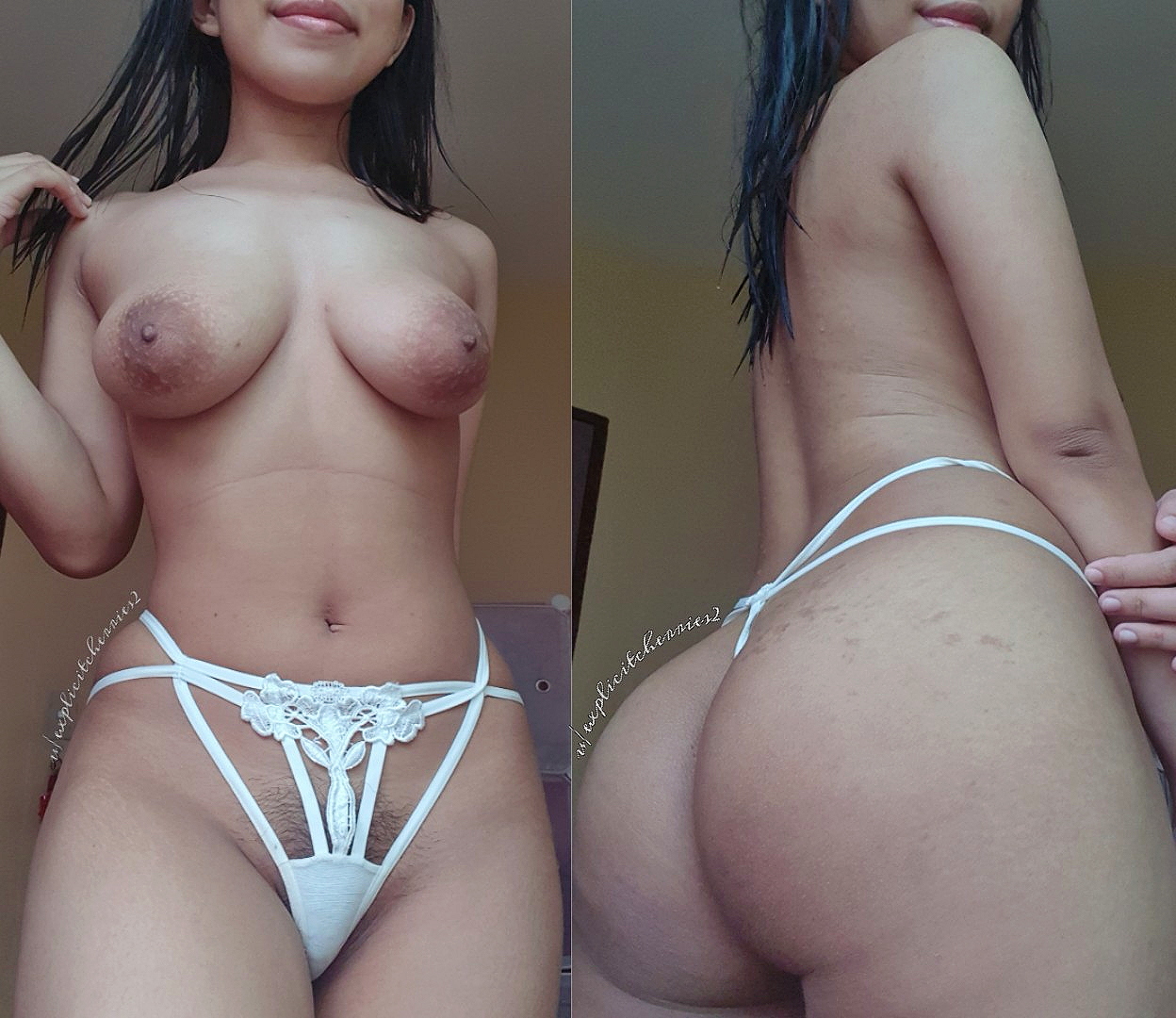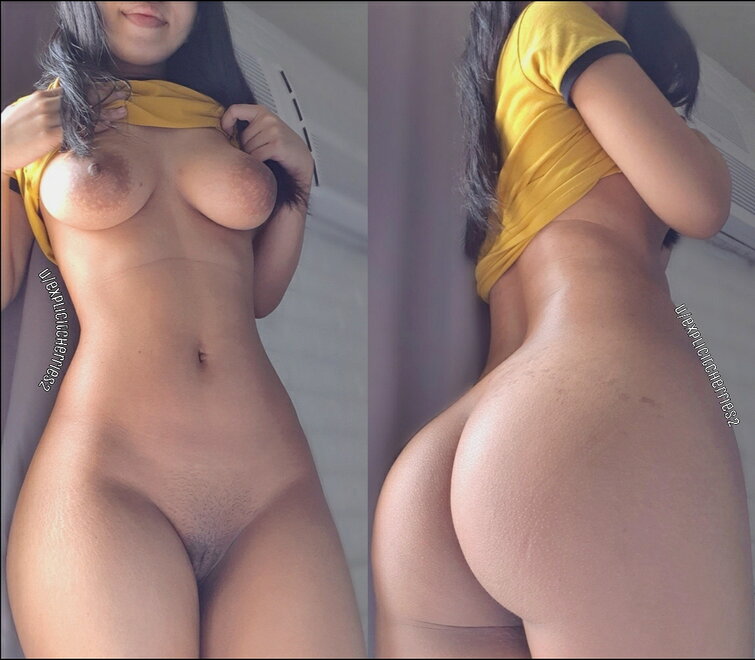📖 Article Content 📖
There's a fascinating shift happening in how we all think about what makes a body beautiful, and it's something that’s really catching on, particularly when we talk about what some folks call the 'slim thick Asian' look. It's a way of seeing body shape that combines a more slender upper frame with, well, a bit more curve and shape around the lower half, often with a lovely toned feel. This idea, you know, is certainly getting a lot of chatter online and in various communities, showing how beauty ideals are always moving and changing.
This particular body type, or perhaps more accurately, this aesthetic, has, in a way, been gaining quite a bit of visibility. It's a departure from older, sometimes very narrow, ideas of what a body should look like, especially for Asian individuals. For a long time, there was, like, a rather singular vision often promoted, but now, there’s this growing appreciation for different forms and figures. It’s pretty clear that people are just looking for something fresh and perhaps more representative of real bodies.
So, what this all means is that conversations about body image are getting richer, more varied, and, in some respects, a lot more inclusive. This particular look, as it’s being discussed, really highlights how diverse beauty truly is and how different cultures and personal preferences shape what we find appealing. It’s just a little peek into how our collective ideas about physical attractiveness are evolving, which is, honestly, a good thing.
- Im Looking For A Man In Finance Original
- Oh Hell Nah Jigsaw
- Breckie Hill No Makeup
- Suni Lee Devin Booker
- Nicoise White Chicks
Table of Contents
- What does 'Slim Thick Asian' Really Mean?
- How has the 'Slim Thick Asian' Look Gained Popularity?
- Is the 'Slim Thick Asian' Ideal Attainable for Everyone?
- What are the Health and Wellness Aspects of Being 'Slim Thick Asian'?
What does 'Slim Thick Asian' Really Mean?
When people talk about a 'slim thick' body type, they are, in a way, describing a very specific kind of physical appearance. It’s usually about having a waist that appears quite small, almost cinched, while at the same time possessing fuller, rounder hips and thighs. This often suggests a good amount of muscle, particularly in the gluteal area and the upper legs, giving a shapely, yet strong, overall look. It's, you know, a blend of softness and definition that many find quite appealing.
For Asian individuals, this look can be seen as a bit of a shift from some traditional beauty standards that might have, at times, leaned more towards a very straight, almost waif-like figure. It’s a move towards celebrating curves and strength, which is, to be honest, a refreshing change for many. This particular body type, as it’s discussed, seems to really highlight a desire for a figure that feels both feminine and powerful, rather than just slender.
It’s important to remember that 'slim thick' isn't a medical term or, like, a strict scientific classification. It's more of a descriptive phrase that has popped up in popular culture to describe a certain aesthetic. So, when someone mentions a 'slim thick Asian' person, they're referring to this general idea of a body shape that combines a slender middle with a more curvaceous lower body, often with visible muscle tone, which is, you know, pretty much the core of it.
- You Know U A Bad Bih
- Andrea La Vaquerita
- When I Catch You Ricky
- Free Marie And Jay Z Son
- Trump Finishing School For Women
Exploring the 'Slim Thick Asian' Aesthetic
The 'slim thick Asian' aesthetic, you could say, is quite a modern take on attractiveness, blending different elements that might not have always been celebrated together. It’s about, well, a kind of balance where the upper body and waist maintain a certain slenderness, creating a lovely contrast with the more developed lower body. This look, in a way, really emphasizes the natural curves of the body while also suggesting a person who takes care of their physical self, perhaps through movement or other activities.
This particular visual style, too, is almost certainly influenced by various media and cultural exchanges, where different body types from around the globe are now more visible than ever before. It means that what people consider appealing is becoming much broader, which is, honestly, a good thing for everyone. The 'slim thick Asian' look, as it's talked about, just shows how beauty can be expressed in so many wonderful ways, moving beyond just one single idea.
It’s interesting to think about how this aesthetic might be seen by different groups. For some, it represents a more attainable or relatable body shape compared to, perhaps, extremely thin ideals. For others, it’s just another form of beauty that adds to the rich variety of human bodies. So, when we talk about the 'slim thick Asian' aesthetic, we're really talking about a growing appreciation for a body type that embodies both grace and a certain strength, which is, you know, quite a nice combination.
How has the 'Slim Thick Asian' Look Gained Popularity?
The rise of the 'slim thick Asian' look is, in some respects, quite tied to how we share ideas and images these days. With social platforms and digital spaces, people from all walks of life can show off their unique styles and body types, and this has, well, certainly helped bring different aesthetics into the spotlight. It's not just about what traditional media shows us anymore; it’s more about what everyday people, or those with a strong online presence, are celebrating.
You know, for a long time, there was a rather narrow idea of what an "ideal" body shape was, especially for Asian women, often leaning towards extreme thinness. But as conversations about body acceptance and diverse beauty have grown, there's been a shift. People are, quite simply, looking for and celebrating a wider array of body shapes. The 'slim thick Asian' aesthetic fits right into this broader movement towards appreciating various forms and figures, which is, pretty much, what’s happening.
Also, the influence of fitness culture has played a part, too. As more people get into working out and building muscle, especially in areas like the glutes, the idea of having a strong, shapely lower body has become more widely admired. This has, in a way, merged with existing preferences for a smaller waist, creating this 'slim thick' appeal. So, it's a mix of cultural shifts, social media visibility, and a growing interest in physical fitness that has helped this particular look become so talked about.
The Cultural Conversation Around 'Slim Thick Asian'
The discussion surrounding the 'slim thick Asian' body type is, honestly, quite a lively one, touching on many different cultural points. It brings up questions about how beauty standards are formed, who decides what's attractive, and how these ideas affect people's self-perception. For many, this look represents a move away from, you know, some of the more restrictive beauty ideals that have been present in Asian cultures for a while, opening up space for new ways of seeing attractiveness.
It's also a conversation that often includes discussions about representation. When people see a wider variety of body types, including the 'slim thick Asian' form, being celebrated, it can help individuals feel more seen and accepted. This is, you know, particularly important in a world where media can sometimes present a very limited view of what is considered beautiful. So, it’s about more than just a body shape; it’s about cultural visibility and feeling included.
There are, of course, different viewpoints within this conversation. Some people might see it as just another trend, while others view it as a positive step towards more diverse body appreciation. What’s clear, though, is that the 'slim thick Asian' concept has sparked a lot of thought about body image, self-love, and the ever-changing nature of what society deems attractive. It’s, in short, a pretty interesting cultural moment.
Is the 'Slim Thick Asian' Ideal Attainable for Everyone?
When we talk about any particular body ideal, whether it's the 'slim thick Asian' look or something else, it's really important to remember that everyone's body is unique. Our genetics, our bone structure, and how our bodies naturally store fat and build muscle are, well, pretty much set from birth. So, while someone might be able to work towards a certain physique, achieving a very specific shape that might be popular at the moment isn't, you know, always possible for every single person.
The idea of being 'slim thick' often involves a combination of a smaller waist and a more developed lower body, sometimes with visible muscle. For some individuals, their natural body shape might already lean towards this, making it perhaps easier to achieve or maintain. For others, it might require a lot of focused effort, or it might just not be a shape their body naturally wants to take on. It’s, you know, just how human bodies are; they come in so many different forms.
So, to answer the question directly, while elements of the 'slim thick Asian' aesthetic, like strength and a toned look, can certainly be worked on, the exact proportions might not be something everyone can achieve. It's more about understanding your own body and what feels good and healthy for you, rather than trying to fit into a mold that might not be a natural fit. That’s, pretty much, the main point here.
Embracing Body Diversity, Including the 'Slim Thick Asian' Form
A really positive outcome of discussions around body types like the 'slim thick Asian' is that it helps to open up conversations about body diversity in general. It reminds us that there isn't just one way for a body to look beautiful or strong. Every person has a unique shape, and that, in a way, is something to be celebrated. The more we see and appreciate different body forms, the better it is for everyone's self-image.
When we embrace body diversity, it means moving away from comparing ourselves to, you know, a single, often unrealistic, ideal. It means understanding that whether someone has a 'slim thick Asian' figure, or a very athletic build, or a softer shape, or any other kind of body, they are all valid and wonderful. This shift in thinking can really help people feel more comfortable in their own skin, which is, honestly, a very important step towards better well-being.
It’s about recognizing that beauty comes in countless variations, and that includes the 'slim thick Asian' look, which has, in some respects, added to the rich tapestry of body types we now admire. This kind of acceptance helps create a more inclusive world where people feel less pressure to conform to narrow standards and more freedom to appreciate their own unique physical selves. That's, pretty much, what we're aiming for.
What are the Health and Wellness Aspects of Being 'Slim Thick Asian'?
When we talk about a body type like 'slim thick Asian,' it’s good to remember that an aesthetic description doesn't automatically mean a person is healthy or unhealthy. Health is, you know, a very personal thing, and it comes from a lot of different factors that go beyond just how someone looks. While a 'slim thick' look often suggests some muscle development, particularly in the lower body, the actual health of a person depends on much more than just their visible shape.
Someone might have a 'slim thick Asian' physique and be incredibly healthy, engaging in regular physical activity, eating nourishing foods, and getting enough rest. Conversely, someone else with a similar look might not be prioritizing those things. It's, you know, a bit like saying someone with a certain hair color is healthy; it just doesn't tell the whole story. Wellness is about what's happening inside the body and how a person feels, not just the outward appearance.
So, while the 'slim thick Asian' aesthetic might inspire some people to pursue fitness goals, it's always important to focus on overall well-being. This means listening to your body, finding movement you enjoy, eating in a way that supports your energy and health, and managing stress. These are the things that genuinely contribute to a healthy life, regardless of what particular body shape you have or aspire to. That's, pretty much, the main takeaway.
Moving Beyond Labels and Celebrating Individuality
Ultimately, while terms like 'slim thick Asian' can be useful for describing certain aesthetics, it’s, you know, very important to look beyond labels and truly celebrate each person's unique individuality. Our bodies are so much more than just their shape or size; they are instruments that allow us to experience the world, to move, to feel, and to connect with others. Focusing too much on fitting into a specific category can sometimes take away from appreciating the whole person.
The conversations around body types like 'slim thick Asian' can, in a way, be a starting point for broader discussions about self-acceptance and respect for all bodies. It’s about recognizing that everyone deserves to feel good about themselves, regardless of whether they fit a popular aesthetic or not. This means valuing health and happiness over trying to achieve a particular look that might not be natural or sustainable for your body. It’s, pretty much, about embracing who you are.
So, as these discussions continue, the hope is that we all move towards a more inclusive view of beauty, one that cherishes the incredible diversity of human forms. Whether someone embodies the 'slim thick Asian' look, or any other shape, the real beauty comes from confidence, kindness, and living a life that feels good to you. That's, in some respects, the most important message we can share.
This exploration of the 'slim thick Asian' aesthetic has touched upon what this body type typically means, how its visibility has grown through modern platforms and changing cultural views, and whether it's a look that everyone can naturally achieve. We also considered the broader cultural conversations it sparks about beauty standards and body diversity. Finally, we looked at the connection between this aesthetic and overall health, emphasizing that true well-being goes far beyond outward appearance, encouraging a celebration of individuality and the many unique forms human bodies take.



